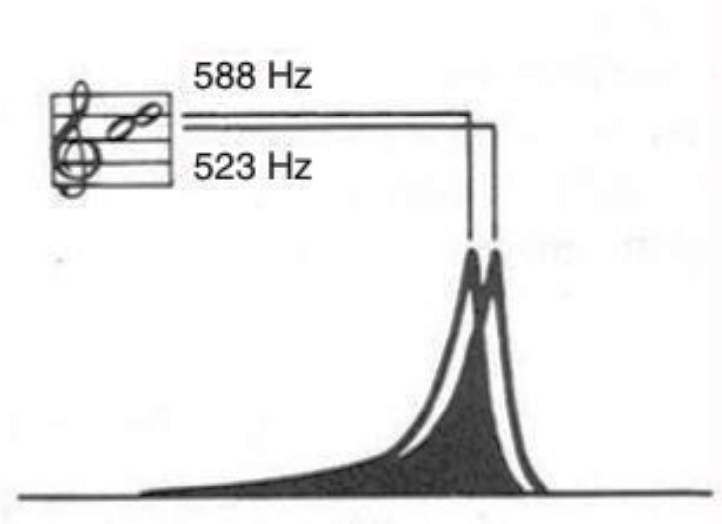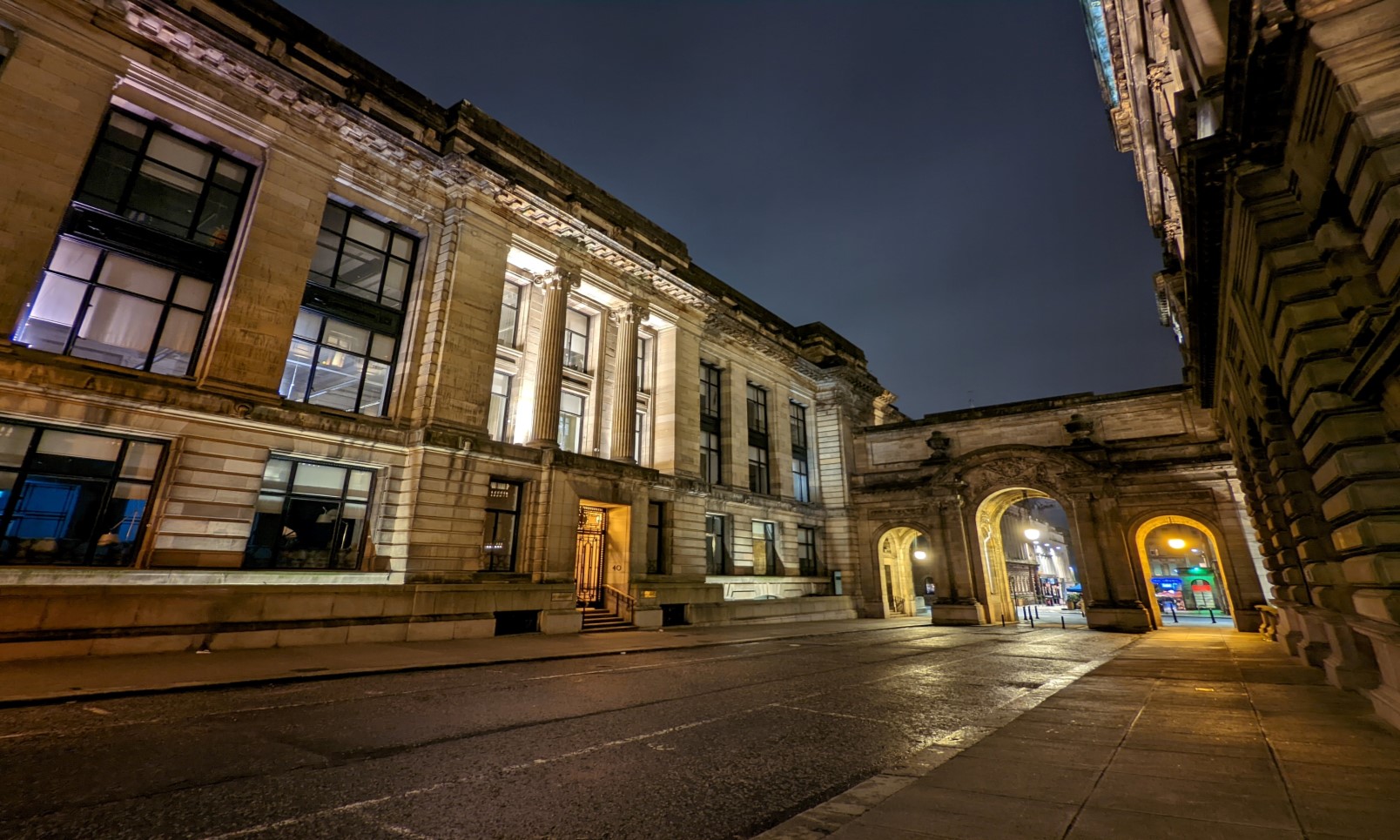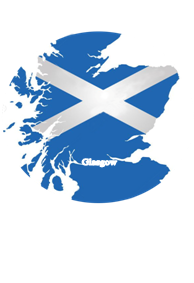Takumi, JG3PLH is a member of the 62nd Japanese Antarctic Research Expedition team and will be stationed at Showa base on East Ongul Island, AN-015, Antarctica until January 2022. He will be active as 8J1RL starting in February. QSL via the bureau.
To mark the 80th Anniversary of the Formation of the Air Training Corps on the 5th of February 1941, Ofcom has issued the callsign Golf Bravo Eight Zero Alpha Tango Charlie. The callsign is valid for use between 5th February 2021 and 4th February 2022. It will be managed by David, M0SKT and a team […]
Details of all known nets in Scotland are collated by RSGB Regional Rep Tony, MM0TMZ in association with Jack, GM4COX and the West of Scotland ARS, and published at https://wosars.club/radio-nets The GMDX January Activity Challenge, which is open to all current members of GMDX, finishes its run this Sunday 31st January ending at 2359 UTC. […]
Colchester has a net on Sundays from 8.30pm via GB3CE. More details from Clive on 0738 570 2548. Bracknell Amateur Radio Club has a net on Sundays from 5pm via GB3BN. On Wednesday there’s a DMR net from 7.40pm on Brandmeister TG23529, followed at 8pm by a net on 145.375MHz FM. For details, email secretary@g4bra.org.uk […]
Thornbury & South Gloucestershire Amateur Radio Club has a daily stay well net on GB3ZB from 10.30am. On Wednesday there’s a Zoom meeting from 8pm and Fridays see a net on 145.450MHz. For details, email secretary@tsgarc.uk Flight Refuelling Amateur Radio Society runs Sunday nets from 7pm on 145.3875MHz and from 8pm on 50.180MHz. On Thursday […]
Carmarthen Amateur Radio Society holds an 80m SSB net from 2.30pm every Sunday. Tuesday and Thursday see a net via GB3FG from 8pm. On Wednesdays there’s an FM or Fusion net from 7.30pm via GB3CM. Contact Andy, GW0JLX, on 0776 828 2880. Newport Amateur Radio Society has a net on Sundays from 10am around 3.705MHz. […]
The January 2021 edition of RadCom Basics is now available for Members to download. RadCom Basics is a bi-monthly digital publication that explores key aspects of amateur radio in a straightforward and accessible way. To read this edition, and previous editions, go to rsgb.org/radcom-basics. In this edition— Welcome to the latest edition by Lee, G4EJB, Editor […]
RadCom Basics is a bi-monthly digital publication that explores key aspects of amateur radio in a straightforward and accessible way In this edition… Welcome to the latest edition by Lee, G4EJB, Editor In this edition, a brief look at the RSGB YouTube channel and accessing the RSGB 2020 Convention if you missed it. For newcomers—and […]

By – Dan – KB6NU
In CQ – January 2018 – Pete, N8PR (SK) wrote that you should set up your receiver to produce two tones 65 to 80 Hz apart to make copying weak CW signals more easily. The theory behind this is that the dissonance between the two tones makes copying a CW signal more copyable than just a single tone. I like this idea. I played around a little bit last night with this technique, and it did indeed seem to work better than using just a single tone.
Read original POST – HERE .



